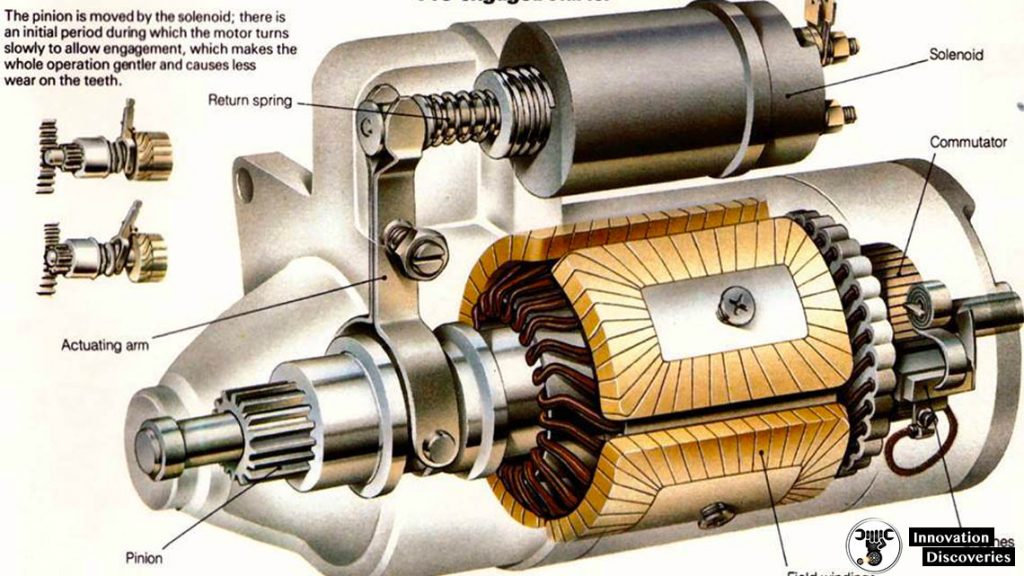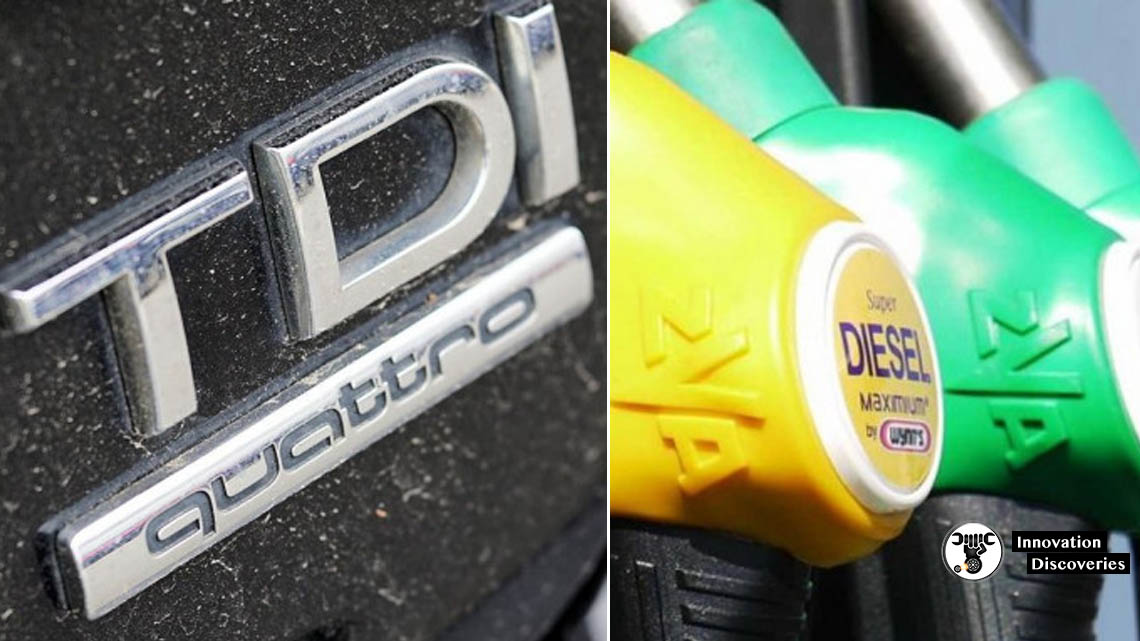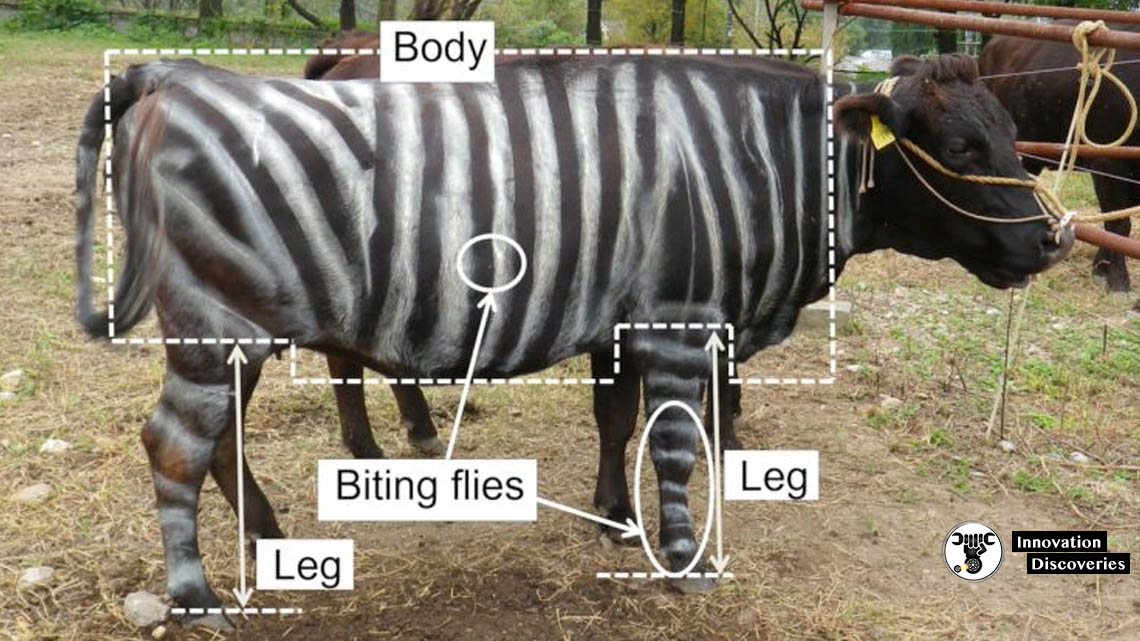
The engine can’t “start” rotational movement on its own. It needs an electric motor to get it up to a minimal RPM to run, then the engine can run under its own power.
The starter is the biggest load on the vehicle’s electrical system.
We cannot simply run all that current through the ignition switch, in most systems a relay is used to activate the starter solenoid, and the starter solenoid itself acts as another relay to engage the starter motor (explained later).
Before electric starters, automobile owners needed to crank the engine over themselves! This was not ideal for any kind of quick getaway.
The starter motor is an electric motor that rotates your engine in order to allow the spark and fuel injection systems to begin the engine’s operation under its own power.
Typically, the starter is a large electric motor and stator coil mounted to the bottom (generally to one side) of the vehicle’s transmission bell housing where it connects to the engine itself.
The starter has gears that mesh with a large flywheel gear on the backside of the engine, which turns the central crankshaft.
Because this is a lot of physical weight and friction to overcome, starter motors are generally powerful, high-speed motors and use an ignition coil to ramp up their power before engaging.
COMPONENTS OF STARTING SYSTEM
1. Battery
The automotive battery, also known as a lead-acid storage battery, is an electrochemical device that produces voltage and delivers current.
In an automotive battery, we can reverse the electrochemical action, thereby recharging the battery, which will then give us many years of service.
The purpose of the battery is to supply current to the starter motor, provide current to the ignition system while cranking, to supply additional current when the demand is higher than the alternator can supply and act as an electrical reservoir.
2. Ignition Switch
The ignition switch allows the driver to distribute electrical current to where it is needed.
There are generally 5 key switch positions that are used:
- Lock- All circuits are open ( no current supplied) and the steering wheel is in the lock position.In some cars, the transmission lever cannot be moved in this position. If the steering wheel is applying pressure to the locking mechanism, the key might be hard to turn. If you do experience this type of condition, try moving the steering wheel to remove the pressure as you turn the key.
- Off- All circuits are open, but the steering wheel can be turned and the key cannot be extracted.
- Run- All circuits, except the starter circuit, are closed (current is allowed to pass through). The current is supplied to all but the starter circuit.
- Start- Power is supplied to the ignition circuit and the starter motor only. That is why the radio stops playing in the start position. This position of the ignition switch is spring-loaded so that the starter is not engaged while the engine is running. This position is used momentarily, just to activate the starter.
- Accessory- Power is supplied to all but the ignition and starter circuit. This allows you to play the radio, work the power windows, etc. while the engine is not running.
Most ignition switches are mounted on the steering column.
Some switches are actually two separate parts;
- The lock into which you insert the key. This component also contains the mechanism to lock the steering wheel and shifter.
- The switch which contains the actual electrical circuits. It is usually mounted on top of the steering column just behind the dash and is connected to the lock by a linkage or rod.
3. Neutral Safety Switch
This switch opens (denies current to) the starter circuit when the transmission is in any gear but Neutral or Park on automatic transmissions.
This switch is normally connected to the transmission linkage or directly on the transmission.
Most cars utilize this same switch to apply current to the backup lights when the transmission is put in reverse.
Standard transmission cars will connect this switch to the clutch pedal so that the starter will not engage unless the clutch pedal is depressed.
If you find that you have to move the shifter away from park or neutral to get the car to start, it usually means that this switch needs adjustment.
If your car has an automatic parking brake release, the neutral safety switch will control that function also.
4. Starter Relay
A relay is a device that allows a small amount of electrical current to control a large amount of current.
An automobile starter uses a large amount of current (250+ amps) to start an engine.
If we were to allow that much current to go through the ignition switch, we would not only need a very large switch, but all the wires would have to be the size of battery cables (not very practical).
A starter relay is installed in series between the battery and the starter.
Some cars use a starter solenoid to accomplish the same purpose of allowing a small amount of current from the ignition switch to control a high current flow from the battery to the starter.
The starter solenoid in some cases also mechanically engages the starter gear with the engine.
5. Battery Cables
Battery cables are large diameter, the multi-stranded wire which carries the high current (250+ amps) necessary to operate the starter motor.
Some have a smaller wire soldered to the terminal which is used to either operate a smaller device or to provide an additional ground.
When the smaller cable burns, this indicates a high resistance in the heavy cable. Care must be taken to keep the battery cable ends (terminals) clean and tight.
Battery cables can be replaced with ones that are slightly larger but never smaller.
6. Starter Motor
The starter motor is a powerful electric motor, with a small gear (pinion) attached to the end.
When activated, the gear has meshed with a larger gear (ring), which is attached to the engine.
The starter motor then spins the engine over so that the piston can draw in a fuel/ air mixture, which is then ignited to start the engine.
When the engine starts to spin faster than the starter, a device called an overrunning clutch (Bendix drive) automatically disengages the starter gear from the engine gear.
Starter motor parts
1. Starter Solenoid
The starter solenoid sits on top of the starter motor and performs two main functions, it acts as a heavy-duty relay for the starter and it engages the starter pinion gear to the ring gear on the flywheel/flex-plate/torque converter.
The solenoid has 3 terminals; a B+ terminal, an S terminal, and an M terminal.
The B+ terminal is connected directly to the battery positive at all times.
This wire is infused meaning that if there is a short to ground on this wire, there will be sparks until the battery is drained.
The wire from the battery to the B+ terminal will be very thick because it needs to carry call the current necessary to turn the starter motor and overcome engine compression.
The S terminal receives power from the ignition switch either directly or indirectly with a relay.
The S terminal connects to two winding, the pull-in winding and the hold in the winding.
These winding are simply coils of wire wrapped around a plunger, which when energized produce and electromagnet.
The pull-in winding is made up of thicker winding and creates a strong electromagnet.
It is grounded through the M terminal and starter motor.
The hold-in winding is smaller and creates a weaker electromagnet. It is grounded directly to the starter case.
The plunger sits in the middle of the winding and is held in place by a spring.
The plunger gets pulled/held in by the winding when they are energized. At one end it is connected to a lever that forces the starter pinion gear to mesh with the ring gear.
At the other end, when the plunger reaches the end of its travel, it pushes a contact disk which connects the B+ terminal to the M terminal which is connected to the starter motor.
This energizes the starter motor and also causes the pull-in winding to stop flowing power.
This is because once the contact disk connects B+ to M there is 12v on both sides of the pull-in winding and no ground.
The hold-in winding continues to flow electricity and holds the plunger in place until the key is returns to the run position.
The solenoid needs both windings to pull the plunger in but only the hold-in winding to keep it there.
It takes much more effort to move the plunger to engage the starter than it does to hold it there.
Since the pull-in winding is no longer necessary, it would only waste electrical power to continue to power it.
2. Starter Motor
The starter motor converts electric energy into rotational motion, using electromagnetism or electromagnetic repulsion.
Most starters used in automotive today are permanent magnet starters. These starters have several permanent magnets placed inside the case around an armature.
An armature is used to make an electromagnetic field of the same polarity as the permanent magnets, causing the armature to repel the magnets.
Power from the M terminal and ground from the case is supplied to the commutator strip through the brushes.
The commutator strips Are connected to each other through the armature windings, this causes an electromagnetic field to form around the armature strips that are flowing power.
If power is fed to commutator strip 1, the ground is on commutator strip 5, power will have to travel through armature strips 2,3, and 4 to get to commutator strip 5.
This will create a magnetic field around armature strips 2,3 and 4.
To get the armature to rotate, a permanent magnet is placed near, but not right on top of where the electromagnetic field is formed.
When the two like polarities repel, the armature begins to rotate.
As the armature rotates, the brushes will contact the next commutator strips, keeping the electromagnetic field in one place (just next to the permanent magnet) but allowing the armature to spin.
This is what creates the rotational movement necessary to start the engine. Starters may also have a planetary gear-set to reduce RPM and increase torque to the ring gear.
Heavy-duty starters use field coils instead of permanent magnets.
Basically, they make both magnetic fields using electromagnetism instead of relying on permanent magnets.
These starters are much more powerful than a permanent magnet starter but they take up more space, are much heavier and cost more to produce.
3. Starter Drive Pinion
The starter drive pinion is held out mesh with the ring gear by a spring until the starter solenoid engages and moves the lever, pushing the starter pinion into mesh with the ring gear.
When the engine starts, the operator allows the key to return to the run position.
This cuts power to the starter solenoid, which allows the spring to push the plunger back to its normal position.
The plungers lever will pull the starter drive pinion back, out of mesh with the ring gear.
It is important that the starter drives the flywheel and not the other way around.
This is why starter drives have a one-way clutch.
The one-way clutch allows the starter to turn the flywheel, but if the flywheel starts to cause the starter pinion to turn faster than the armature, the one-way clutch will slip.
This protects the starter from spinning too fast.
WORKING PRINCIPLES
To make an engine start it must be turned at some speed, so that it sucks fuel and air into the cylinders, and compresses it.
The powerful electric starter motor does the turning.
Its shaft carries a small pinion (gear wheel) which engages with a large gear ring around the rim of the engine flywheel.
In a front-engine layout, the starter is mounted low down near the back of the engine.
The starter needs a heavy electric current, which it draws through thick wires from the battery.
No ordinary hand-operated switch could switch it on: it needs a large switch to handle the high current.
The switch has to be turned on and off very quickly to avoid dangerous, damaging sparking. So a solenoid is used – an arrangement where a small switch turns on an electromagnet to complete the circuit.
The starter switch is usually worked by the ignition key. Turn the key beyond the ‘ignition on’ position to feed current to the solenoid.
The ignition switch has a return spring so that as soon as you release the key it springs back and turns the starter switch off.
When the switch feeds current to the solenoid, the electromagnet attracts an iron rod.
The movement of the rod closes two heavy contacts, completing the circuit from the battery to the starter.
The rod also has a return spring -when the ignition switch stops feeding current to the solenoid, the contacts open and the starter motor stops.
The return springs are needed because the starter motor must not turn more than it has to in order to start the engine.
The reason is partly that the starter uses a lot of electricity, which quickly runs down the battery.
Also, if the engine starts and the starter motor stays engaged, the engine will spin the starter so fast that it may be badly damaged.
The starter motor itself has a device, called a Bendix gear, which engages its pinion with the gear ring on the flywheel only while the starter is turning the engine.
It disengages as soon as the engine picks up speed, and there are two ways by which it does so – the inertia system and the pre-engaged system.
The inertia starter relies on the inertia of the pinion – that is, its reluctance to begin to turn.
The pinion is not fixed rigidly to the motor shaft – it is threaded on to it, like a freely turning nut on a very coarse-thread bolt.
Imagine that you suddenly spin the bolt: the inertia of the nut keeps it from turning at once, so it shifts along the thread of the bolt.
When an inertia starter spins, the pinion moves along the thread of the motor shaft and engages with the flywheel gear ring.
It then reaches a stop at the end of the thread, begins to turn with the shaft and so turns the engine.
Once the engine starts, it spins the pinion faster than its own starter-motor shaft.
The spinning action screws the pinion back down its thread and out of engagement.
The pinion returns so violently that there has to be a strong spring on the shaft to cushion its impact.
The violent engagement and disengagement of an inertia starter can cause heavy wear on the gear teeth. To overcome that problem the pre-engaged starter was introduced, which has a solenoid mounted on the motor.
There’s more to a car starter system: As well as switching on the motor, the solenoid also slides the pinion along the shaft to engage it.
The shaft has straight splines rather than a Bendix thread so that the pinion always turns with it.
The pinion is brought into contact with the toothed ring on the flywheel by a sliding fork. The fork is moved by a solenoid, which has two sets of contacts that close one after the other.
The first contact supplies a low current to the motor so that it turns slowly – just far enough to let the pinion teeth engage.
Then the second contacts close, feeding the motor a high current to turn the engine.
The starter motor is saved from over-speeding when the engine starts by means of a freewheel clutch, like the freewheel of a bicycle.
The return spring of the solenoid withdraws the pinion from engagement.






Very independent article. Thanx for sharing this